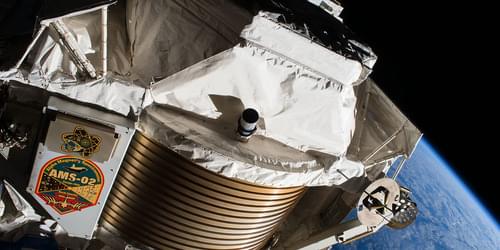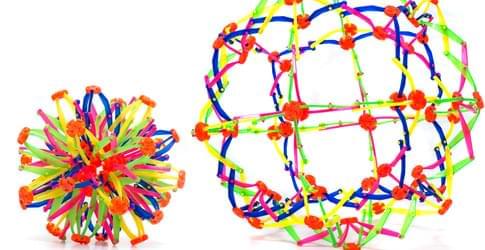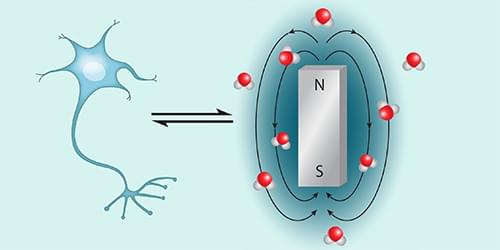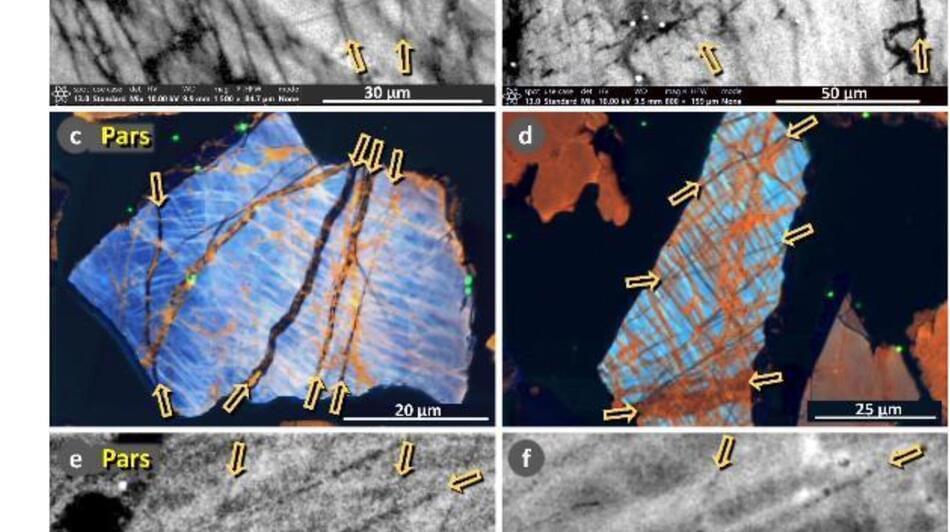They were gradually replaced by AI.
A hot potato: CEOs, bosses, and the those who make the technology love to assure people that artificial intelligence isn’t going to replace everyone’s jobs; it will merely augment them – working alongside humans to make life easier. Yet we keep hearing stories like the one about a writer whose employer fired his 60-person team and replaced them with an AI.
A writer using the pseudonym Benjamin Miller told the BBC that his company wanted to use AI to cut costs in early 2023. He led a team of more than 60 writers and editors who published blog posts and articles to promote a tech company that packages and resells data.
The new workflow involved feeding headlines into an AI model that would generate an outline based on the title. The writing team would then create articles based on these ideas, rather than coming up with their own, with Miller editing the final pieces.








